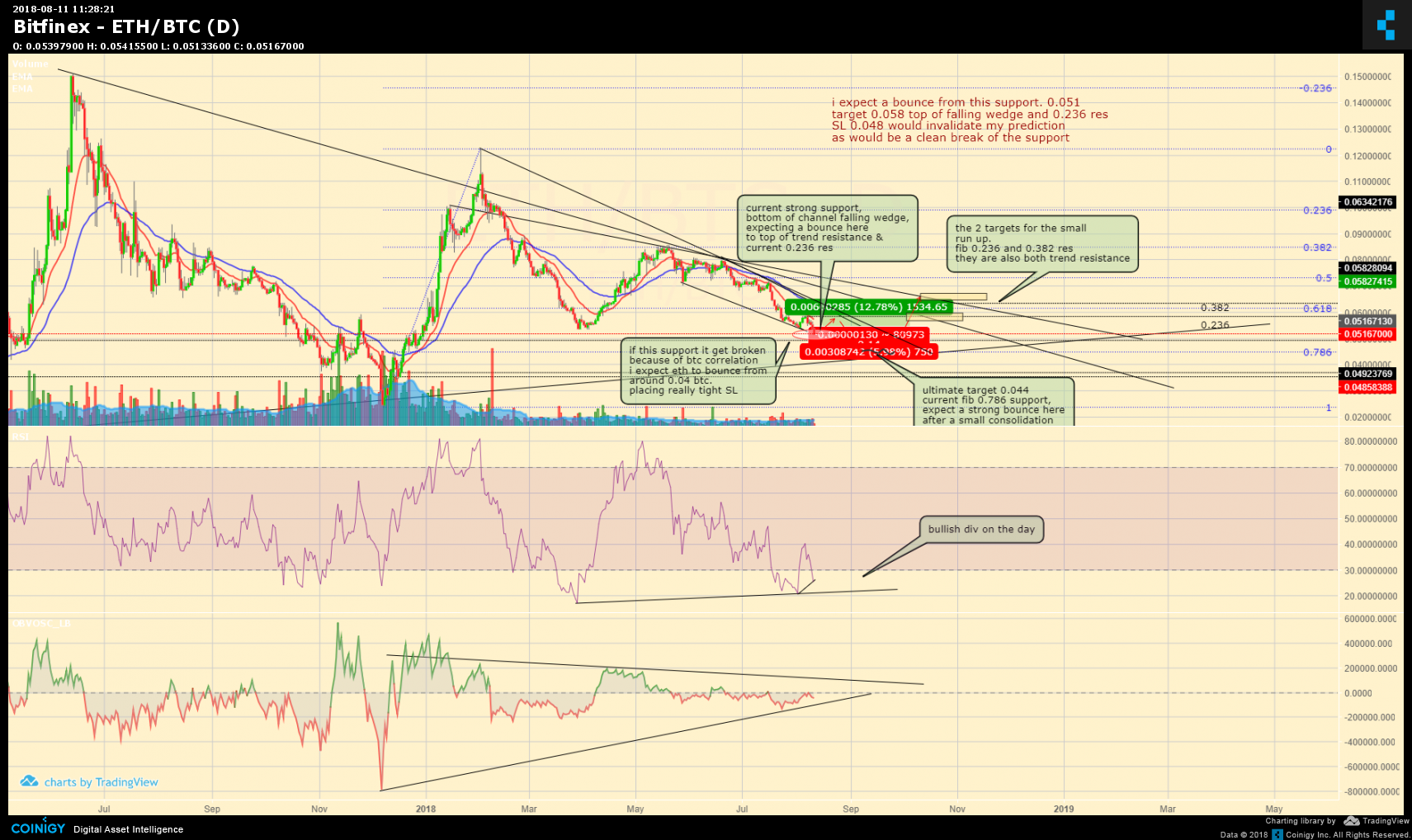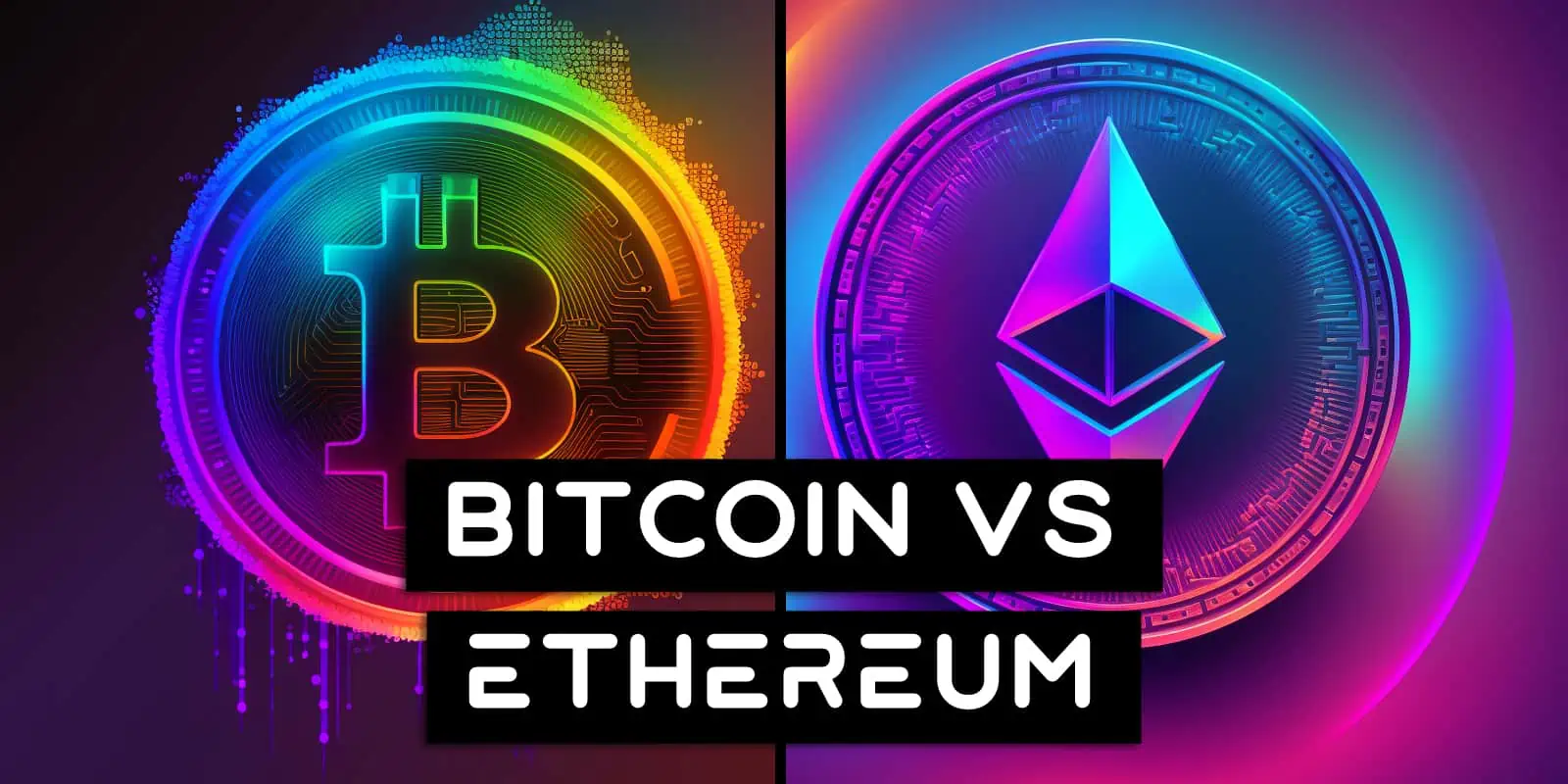eth btc bitfinex A Comprehensive Guide to Trading
As eth btc bitfinex takes center stage, this opening passage beckons readers into a world crafted with good knowledge, ensuring a reading experience that is both absorbing and distinctly original.
Ethereum and Bitcoin are two of the most prominent cryptocurrencies in the market today, each with its foundational principles and unique technologies. Understanding their transaction processing differences, market use cases, and trading dynamics on platforms like Bitfinex can empower traders to make informed decisions in this fast-paced environment.
Overview of ETH and BTC
Cryptocurrencies have revolutionized the financial landscape, with Ethereum (ETH) and Bitcoin (BTC) leading the charge. Bitcoin, introduced in 2009, was the first cryptocurrency, designed primarily as a digital currency for peer-to-peer transactions without the need for intermediaries. Ethereum, launched in 2015, is more than just a currency; it is a blockchain platform that enables decentralized applications (dApps) and smart contracts, allowing developers to create a variety of finance-related services and applications.Both ETH and BTC utilize blockchain technology, but they differ significantly in their transaction processing.
Bitcoin transactions are primarily focused on transferring value, while Ethereum's transactions can execute complex smart contracts. The average transaction time for Bitcoin is approximately 10 minutes, whereas Ethereum can process transactions in around 15 seconds under optimal conditions. Use cases for Bitcoin typically involve store of value and remittance, while Ethereum's use cases extend to decentralized finance (DeFi), NFTs, and programmable money.
Trading on Bitfinex

Creating an account on Bitfinex is straightforward, facilitating easy access to cryptocurrency trading. Interested users must complete the following steps to get started:
- Visit the Bitfinex website and choose the 'Register' option.
- Fill out the necessary details including your email address and password.
- Verify your email and complete identity verification as required by regulatory standards.
- Deposit funds into your account through your preferred method, including bank transfers or other cryptocurrencies.
Executing a trade between ETH and BTC on Bitfinex involves a systematic approach:
- Log into your Bitfinex account.
- Navigate to the trading section and select the ETH/BTC trading pair.
- Choose the type of order you wish to place—market or limit order.
- Enter the amount of ETH you wish to trade for BTC and confirm the transaction.
Bitfinex charges a trading fee based on the user's 30-day trading volume. For ETH and BTC, fees can vary; typically, they are around 0.1% for maker orders and slightly higher for taker orders. It’s important to keep track of these fees, as they can affect overall profitability.
Market Trends for ETH and BTC
Recently, both Ethereum and Bitcoin have experienced notable market fluctuations. Bitcoin's price reached all-time highs in late 2021, while Ethereum has seen increased volatility correlating with the NFT boom and DeFi growth. The relationship between ETH and BTC prices is often interlinked; when Bitcoin's price rises, Ethereum tends to follow, reflecting a strong correlation that influences investor sentiment across the crypto market.Volume trends further illustrate market engagement, with Bitfinex showcasing substantial trading volumes for both cryptocurrencies.
During periods of heightened market activity, ETH often sees increased volume due to its diverse use cases, while BTC remains a staple for many traders seeking stability.
Technical Analysis of ETH/BTC Pair
Technical analysis of the ETH/BTC trading pair employs several key indicators to determine market trends and potential entry or exit points. Some notable indicators include:
- Moving Averages (MA): Helps smooth out price action and identify the overall trend.
- Relative Strength Index (RSI): Indicates overbought or oversold conditions, providing insight into potential reversals.
- Volume Analysis: Evaluates the strength of a price move by considering trading volume.
A comparative analysis of historical price data over the last year can be organized in a table format, showcasing the monthly closing prices for both ETH and BTC.
| Month | ETH Price | BTC Price |
|---|---|---|
| January | $1,200 | $40,000 |
| February | $1,500 | $45,000 |
| March | $2,000 | $50,000 |
Traders should look for chart patterns such as head and shoulders, double tops, and descending triangles, which can signal potential market reversals or continuations in the ETH/BTC space.
Risks and Opportunities in ETH and BTC Trading
Trading cryptocurrencies like ETH and BTC on platforms such as Bitfinex involves inherent risks. These include market volatility, regulatory changes, and security threats. To mitigate these risks, traders can implement strategies such as setting stop-loss orders, diversifying their portfolios, and staying informed on market developments.Despite the risks, there are significant opportunities for growth, particularly in Ethereum. As the DeFi space expands and more applications are built on the Ethereum blockchain, there is potential for substantial appreciation in value.
Bitcoin, as a leading store of value, continues to attract institutional interest, bolstering its market position.
Regulatory Considerations

The regulatory environment surrounding ETH and BTC trading is continually evolving. Regulatory bodies across the world are implementing frameworks to ensure consumer protection and market integrity. These regulations can influence trading activities on platforms like Bitfinex, as compliance is necessary for operations.Future regulations may lead to increased scrutiny of trading practices and the introduction of new compliance requirements, potentially impacting the ETH/BTC market landscape.
Traders should stay abreast of regulatory changes to navigate this complex environment effectively.
Community and Developer Engagement
The communities surrounding Ethereum and Bitcoin play a crucial role in shaping market dynamics. Active discussions, proposals, and community-led initiatives drive the evolution of both networks. Notable developments such as Ethereum's transition to a proof-of-stake consensus and Bitcoin’s scalability solutions have garnered significant attention.Developer engagement is vital in enhancing the functionality and security of these cryptocurrencies. The ongoing improvement of Ethereum through upgrades like EIP-1559 showcases the community's dedication to innovation, while Bitcoin's network upgrades contribute to its robustness and user adoption.
Conclusion

In conclusion, the intertwining relationship between Ethereum and Bitcoin, combined with the trading opportunities on Bitfinex, presents both risks and rewards for investors. As market trends evolve and regulations shift, staying informed about these digital currencies will be essential for anyone looking to navigate the crypto landscape effectively.
FAQ Insights
What is the difference between ETH and BTC?
ETH (Ethereum) focuses on smart contracts and decentralized applications, while BTC (Bitcoin) primarily serves as a digital currency.
How do I create an account on Bitfinex?
To create an account on Bitfinex, visit their website, click on the sign-up button, and follow the registration process, which includes verifying your identity.
What fees are associated with trading ETH and BTC on Bitfinex?
Bitfinex charges different trading fees based on the user's trading volume, with specific fees applicable for ETH and BTC trades, typically ranging from 0.1% to 0.2%.
How can I analyze the ETH/BTC trading pair?
Traders can analyze the ETH/BTC pair by using technical analysis indicators like moving averages, RSI, and chart patterns.
What are the risks of trading ETH and BTC?
Risks include high volatility, regulatory changes, and potential security breaches on trading platforms.


